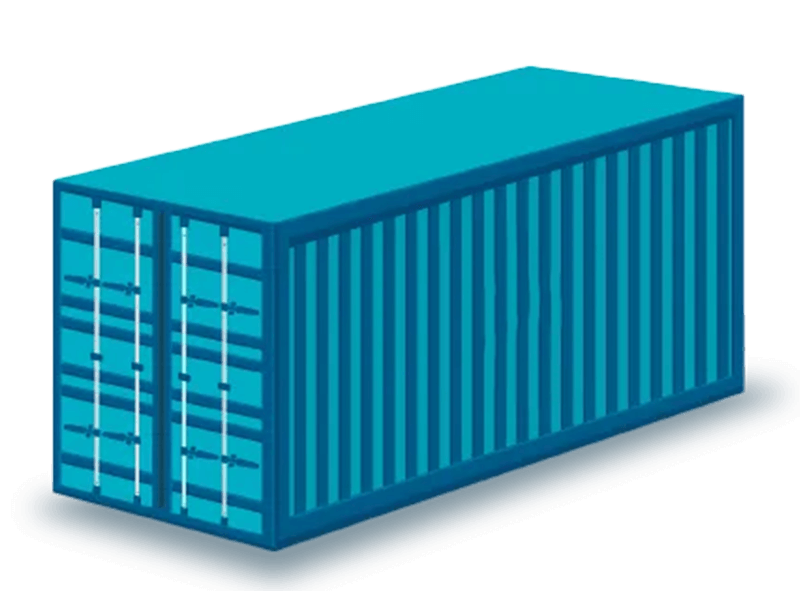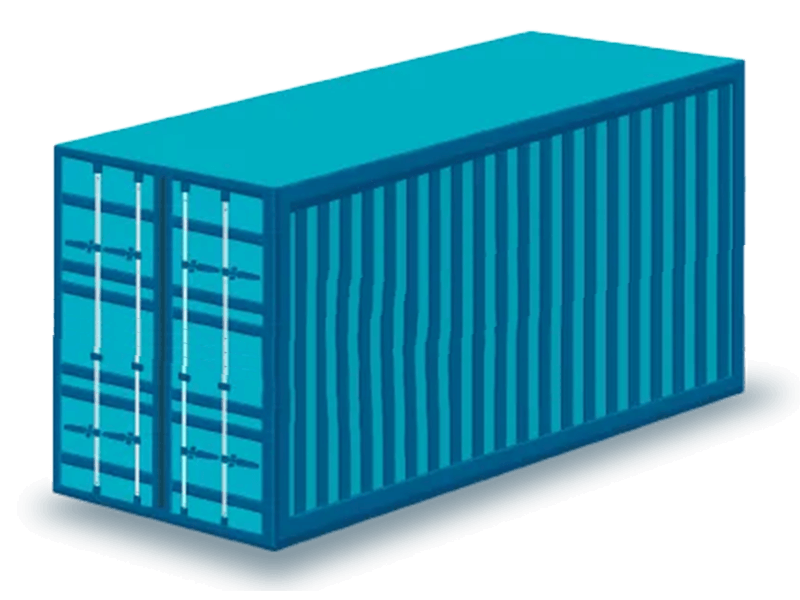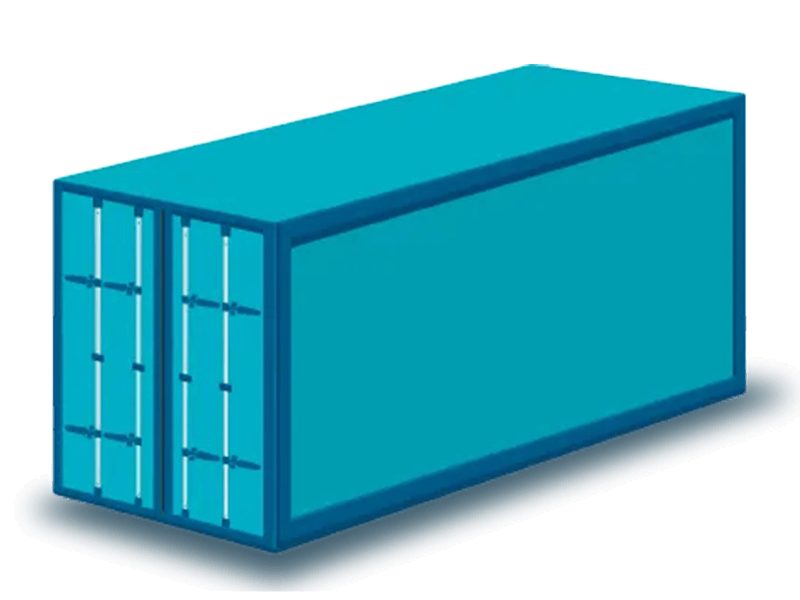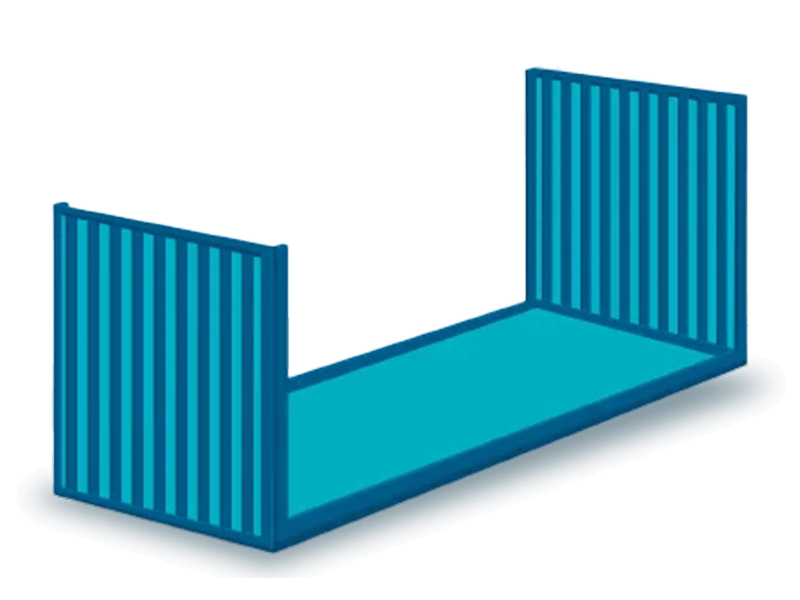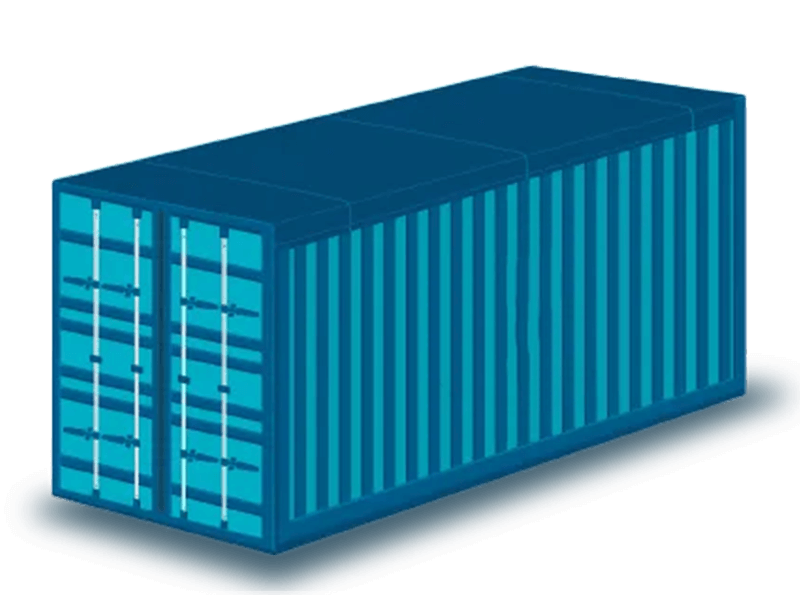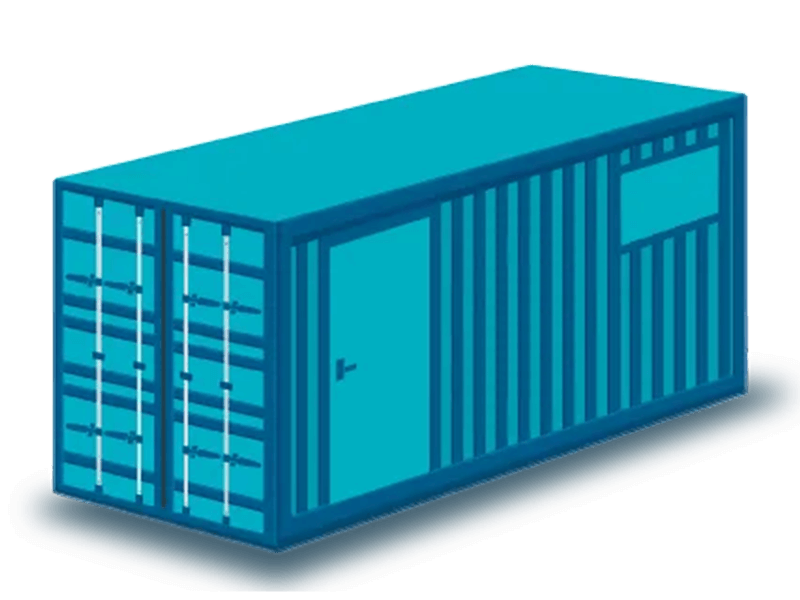Salian Container
Buy and sell tank (tanker) containers
Salian Container is a long-established company in Iran that deals in the sale and purchase of containers, especially the purchase and sale of new and used tank containers. You can contact this company to buy a new or second-hand cheap and high-quality tanker container and use the years of experience and technical advice of its experts. As you know, buying a tanker container (isotank / flexitank) is an important and highly specialized task!
- Buy tank container
- Price of tank container
- Used tanker container
- Second-hand tank container
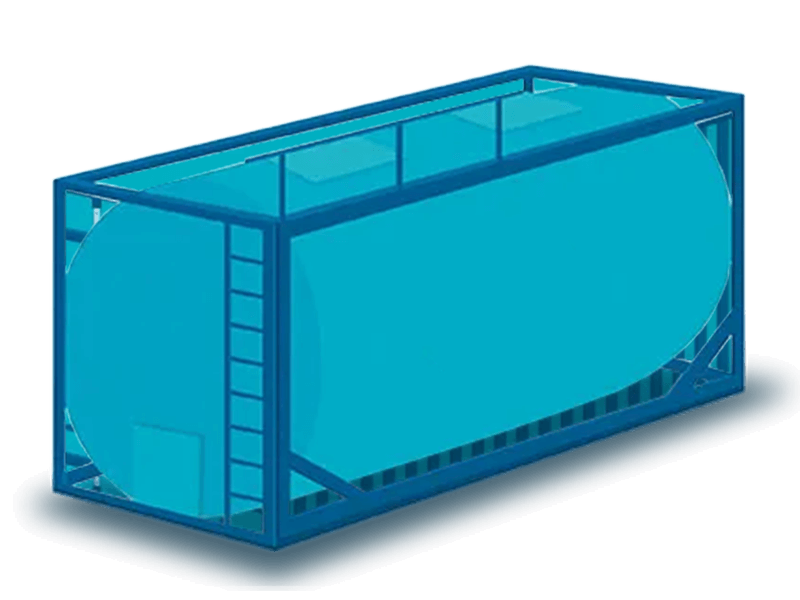
Cash on Delivery
By paying the round-trip transportation cost as a prepayment, you can receive the container at your location and pay the container price upon delivery.
Lift off / lift on /strip / warehousing
With the most Free Time of region (The first 60 days are free)
Up to date equipment for transportation and handeling
IRAN (Tehran, Isfahan, Mashhad) – Dubai (Jebel Ali, Al Hamriya) – China (Shanghai, Dalian, Xi’an)
Cooperation in unloading, loading, and shipping containers along with cargo from China to Iran, from Iran to China, and to other ports around the world
Get a free consultation
Did you know that 90% of the world’s commercial goods are moved by containers? Therefore, it is very important that you choose a container that is both cheap and high quality. Contact us to buy and inquire about the price of new and second-hand containers.
Are the dimensions and load capacity of the container exactly as stated on this page?
The philosophy of making containers has been to integrate means to transport goods; But it should be kept in mind that due to the existence of various manufacturers, the dimensions of the container may differ by a few centimeters, which of course is not very important. The maximum weight (tonnage) of loading the container is also determined based on the CSC Plate of the container. But in addition to the tonnage of the container, the ship and the line in which the container is to be transported should be considered. For example, when shipping to Canada, there are container tonnage restrictions, which will result in fines.
Why should we choose "Salian Container"?
Choose container types
We can provide any type of container for you.
New and used container
No matter if you want new or used container.
Cheap and high quality
Contact us to inquire about containers.
Several privet areas in Iran
Tehran, Isfahan, Mashhad and Bandar Abbas
Tank Container / Tanker Container
On this page, we want to talk about the tanker container (Tank), which is usually used for transporting liquids and gases, and also check the technical specifications and standard dimensions of the tanker container.
As you know, a container is a rectangular metal device made of shuttered galvanized sheets or colored sheets and has standard dimensions used in global transportation. One of the most important features of containers is that they are impermeable to water, and for this reason, they play a special role in sea transportation. Of course, the use of containers is not only in sea transportation and the shipping industry; Rather, they are used in land (road), rail, road and sea transportation.
If we want to check the history of the creation of containers, it goes back to 1950, when a person named “Malko McLean”, who was a truck driver himself, came up with this idea and implemented it himself. Seeing the many problems that existed in transporting goods by shipping, McLean thought of building structures with specific dimensions to easily place them on the ship and to unload them easily. He performed this work on a ship and then informed Europe about this work, as a result, in 1960, containerization operations were formed in the transportation of goods, and all shipping lines used containers for handling and export.
Many people think of containers as general containers (GP), which are simply rectangular in shape and are used to transport dry goods; But today, there are various containers for transporting various materials, of which the tanker container is one of them.
In the past, when there were no tank containers, companies had to use small barrels to transport cargo such as liquids, which had its disadvantages and were mostly used for ground transportation. But gradually, the production of tank containers provided the transportation of all kinds of edible, chemical, toxic and liquid gas liquids, and the products could be sent all over the world.
Tanker containers are large, cylindrical containers that are protected by a strong and rustproof metal frame and are used to transport liquids and gases (both hazardous and non-hazardous). In fact, the use of tanker containers is usually in moving liquids, and it does not matter whether it is crude oil or chemical liquids or food!
Tank containers are usually made of thick steel (stainless and anti-corrosive) and lined with impermeable materials (such as rubber or plastic) to prevent the contents from leaking and the cargo from becoming contaminated. Tank containers are usually larger than other types of containers and can hold up to 80,000 gallons of liquid and are usually transported by train or truck.
A tanker container for transporting liquids must be at least 80% full to avoid dangerous waves of liquids during transit; But also, it should not be more than 95% full; Otherwise, there will not be enough space for thermal expansion.
There are two types of single-walled and double-walled tanker containers, which are selected according to the type of cargo. Of course, the volume of all types of tank containers is different from each other. Also, the material of the container is different and depends on the liquid or gas that is transported.
In general, tanker containers for carrying normal liquids are made of steel, and for transporting dangerous and corrosive liquids, they are made of steel or special steel alloys. For this reason, tanker containers are more expensive than other types of containers due to their special and dangerous maintenance conditions.
Compressed gas container
In general, it can be said that a tank container is used to transport fluids and gas, which has several types and is classified according to the sensitivity of the material to be transported. For example, a compressed gas container has a different type of tank and bumper than a container for cleaning liquids or acids. Transporting gas with these containers greatly increases safety.
Among the types of containers with tanks, the most common of them is the standard tanker container, which is used to transport all kinds of gas and liquids. Of course, the Offshore tanker container is the same as the standard type, and because of ISO certification, they are allowed to carry all liquids and gases; But the two tanker container models, Swap Body and Specialty, which are more expensive than standard containers, can only carry some gases and liquids due to not having an ISO certificate.
Tanker container features
Above we mentioned some of the characteristics of tanker containers. The fact that, for example, the body of various tankers is usually made of thick stainless steel that has a high resistance to carrying sensitive liquids, or that a resistant frame is formed around the cylindrical tank so that the least amount of damage is caused to the material in it.
Another feature of the tank container is that its production and construction is done with high sensitivity and standards and security items must be observed in it. If the container is for moving chemicals, its security must be provided so that it does not have the risk of fire and damage to the environment. Therefore, the construction and welding process must be according to the world standards.
If the tanker has a flammable substance, we are facing the risk of charging the tank; But the design of the tanker container has been done in such a way that it does not have this risk by being connected to the ground, and the extra loads are transferred to the ground through the tank and neutralized.
Another important feature of tanker containers is that they have the ability to install warning systems and when the container has a leak, these systems warn. This feature increases the safety of transporting materials.
Application of tanker container
As mentioned above, the application of the tanker container is in moving liquids and gases, and it does not matter if the substance is dangerous or not! Any industry that produces a liquid product needs a tank container.
Today, the most used tanker container is in the petrochemical industry; Because in these industries, all kinds of oil and oil products (such as gasoline and diesel) must be sent to another city or country. Except for oil products, for example, they play a role in transporting drinking water to deprived places or places with water shortage. The water crisis is one of the reasons that increase the use of tank containers every day.
A few other uses of tanker containers can be described as follows:
- Transporting all kinds of mineral and chemical liquids
- Transferring milk and dairy liquids to factories producing dairy products
- Carrying water for companies and various places that lack water.
In general, the tanker container plays an important role in land, rail and sea transportation for transporting liquids and gases. It can even be said that in certain situations, tanker containers are better used than train wagons and ships with tanks. For example, they are easy to load, transfer and unload. Also, when it is not railed for the purpose, transporting liquids by tanker is less expensive and saves time and energy.
The price of tanker container
Like any other product, a single price cannot be announced for the purchase of a tanker container; Because the conditions of each container are different and there are various parameters that affect the price of a tank container; Such as production brand, tank capacity, body material, production year, production company, container materials, etc.
Another parameter that affects the price of a tank container is the currency price; Because usually these containers are imported and are bought and sold at the price of dollars or other world currencies. These containers are mostly imported from Europe, China and South Korea.
Therefore, you should purchase containers based on your budget; But if you are looking for a cheaper purchase, you can also use a second-hand tanker container.
Factors affecting the price of used tank containers
As you know, usually the price of used goods is lower than new goods. So, the price of a used tanker container is lower than a new container. Of course, being a second-hand container does not always mean its price is low. If the purchase is done in an unprincipled manner, sometimes the price of a second-hand tanker container may cost you as much as a new container.
So, before getting acquainted with the principles of buying second-hand containers, you should be familiar with the various factors affecting their prices. As mentioned, many parameters affect the price of second-hand tank containers, the most important of which are the following:
- Year of construction
- Manufacturer
- Dimensions and size
- Container health
- Container body material
- exchange rate
- etc
Another important point is that in order to buy a tanker container, you must visit it in person and check the health of the body and its documents in order to make a good purchase. In general, we suggest that you contact the experts of Salian Container and get more detailed information about the price and terms of sale of second-hand tanker containers.
What information is included on the containers?
Whether for a tank container or any other container, there is a container CSC plate (container identity card) that provides information about that container; Such as the year of container production, container capacity, materials used to make the container, net weight of the container (without load), maximum load weight, ISO code, etc.
The ISO code inserted on each container shows details such as the type of container, the purpose of its use, etc. In general, we have to pay attention to that information and make a decision based on that to load the goods in each container.
Containers and the World ISO Organization
The ISO organization, which is a global organization and is composed of representatives of various countries and since 1947, works for the standardization of goods transportation around the world. Any container that wants to be used in containerization operations must receive the necessary permission from this organization.
What country produces the containers?
In the past, most of the containers were produced by America, Japan and Russia; But today, almost all containers are produced by China, and the production of other countries is less visible.
Of course, the production of containers is not so simple and they must comply with technical and safety principles and the quality of raw materials. In general, they are manufactured under the supervision of the World Transportation Organization, which is checked after production to be able to receive the standard and the transportation license from this organization.
Green leaf container
As mentioned, each of the containers for transportation must have a certification or a standard permit, which is a document called a permit or the production standard, which is also known as the green container document. In this production information sheet, the year of production, dimensions and license expiration date are mentioned, and it can be said that it is considered a container document.
Operation of isotank and flexitank
In a very simple classification, tanker containers can be divided into two categories:
- ISO Tank
- Flexi Tanks
In this section, we want to briefly introduce ISO Tank and FlexiTanks; But if you want to know more about these two, refer to the article “Isotank and Flexitank”.
ISO Tank Containers are tanks and tankers based on ISO global standards for the bulk transportation of powders, gases and hazardous liquids (such as flammable substances, agricultural pesticides, etc.) or non-hazardous (such as fruit juice, milk, etc.) …)) are produced and used. These are the most common tanker containers; That is, they are in the form of a stainless steel cylinder built in a cubic frame. These tanks are made of stainless steel and insulation and a protective layer of aluminum or polyurethane.
Isotank containers come in 20-foot and 40-foot varieties, and their capacity is usually between 14,000 and 27,000 liters. Of course, a 20-foot isotank container can carry liquids about 66% to 68% more than a normal 20-foot container filled with a drum.
But FlexiTanks Containers are flexible tanks made of polyethylene or PVC (PVC) that are placed inside a container, usually 20 feet or larger, and filled with liquid to transport it to its destination. Therefore, the flexitank can be considered as a collapsible and flexible bag that is used to transport non-hazardous liquids and can hold up to 24,000 liters of liquid cargo. The most important feature of Flexitank container is that it is cheaper than Isotank.
The flexi tank is made of one to several layers of polyethylene or PVC (PVC), whose outer cover is made of polypropylene.
What is the use of Tank Container?
Tanker container is used to move powders, liquids and gases, and it doesn’t matter if that substance is dangerous or not! Undoubtedly, any industry that produces a liquid product needs a tank container.
What factors affect the price of a tanker container?
Various factors such as manufacturing company, tank capacity, body type, exchange rate, year of manufacture, time of purchase, year of manufacture, etc.
What is meant by second-hand tanker container (Tank)?
Containers that have been used for several years but are still usable are called second-hand or used containers. Usually, the quality of a second-hand container is high, and due to its durable body, it is not much different from a new container.
What is a compressed gas container?
Tank containers are also used to transport gases, which, of course, have more safety and sensitivity than liquid tanker containers. For this reason, they are called compressed gas containers.
